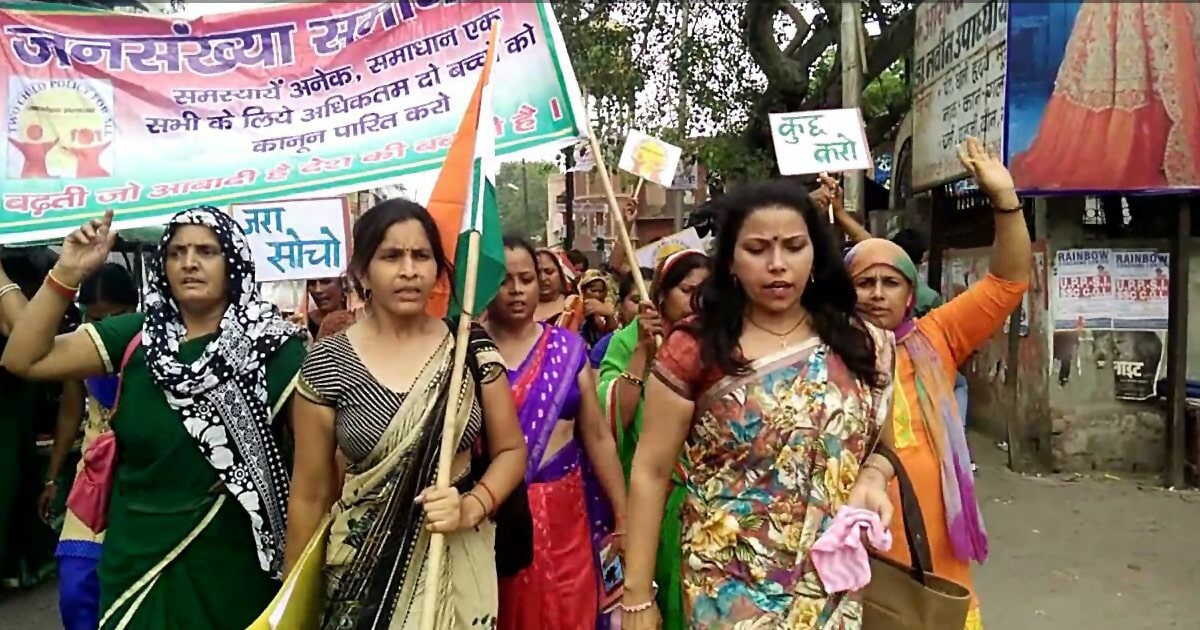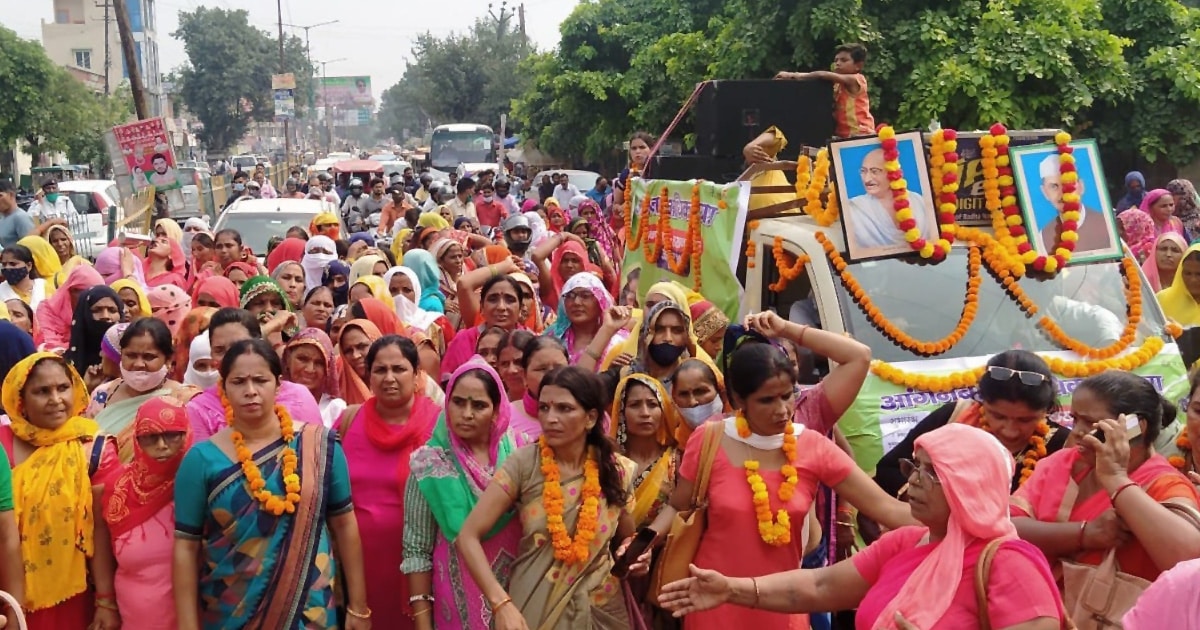India may have already surpassed China as the world’s most populous nation, as per World Population Review. Our population stood at 1.417 billion as of the end of 2022; that’s a little over 5 million more than the 1.412 billion reported by China, the first decline since the 1960s.
The UN had predicted that India would overtake China by 2030, but it seems it happened pretty fast, that is about eight years before the estimation.
China is one of the leading countries that have taken the lead in instituting a strict one-child policy for families. Likewise, Kenya launched family planning campaigns with the goal of matching population size to available resources. Russia is experiencing a population decline due to high mortality rates, which are likely due to factors such as drugs and alcohol.

Has the Indian government ever taken steps in this regard?
India was among the first nations to address its population problem as early as 1951. The primary strategy so far has been to persuade people on an individual basis to accept the small family norm through a wide range of advertising and educational efforts.
Also, read: How This 18-YO’s Initiative Is Empowering Children & Adults With Sexual Health Awareness
As of 1986, the family planning establishment grew by gigantic proportions, employing half a million people in family planning and health services. “Green cards” are given to those who accept sterilization after two children, allowing them a wide range of benefits such as low-interest housing loans, preference in getting housing plots and enterprise loans, and salary increases for government employees. Health workers and other government employees have quotas of persons to motivate contraceptive acceptance.
Yet everything seems to go in vain.
Rapid population increase can exacerbate the challenge of ensuring that future development is sustainable and inclusive. It is also the root cause of all problems creating a massive disparity in demand and supply, with limited resources.
NGO Calls For Population Control Act

Meanwhile, to tackle this issue, an NGO based in Ghaziabad has come up with a solution – an act to control it.
Jansankhya Samadhan Foundation or TwoChildPolicy.org has been urging the Government to regulate an act for the population, that is, making a law for people to have no more than two children.
“India is facing the problem of increasing population, which is a matter of serious concern. Although the government has taken some steps to control it, they are not effective enough. Several other measures need to be taken to prevent this issue. Like almost every developing country, there are many reasons for the growth of the population in India. Lack of awareness is one of them. We are working towards creating awareness and as well as reaching out to each and every politician in the country to implement a two-child policy or population control act to curb it,” says Savitri Chaudhary, President of Jansankhya Samadhan Foundation.
For the same, the organization has written to PM Narendra Modi urging him to adopt the act. In the month of July 2022, they organized peaceful sit-ins across 400 district headquarters of 22 states demanding the same.
“We have been working towards spreading awareness for a long. And we have noted that this is not a problem amongst educated families. Most of them now already have a child or two. But when it comes to the uneducated or poverty-stricken, they have no control over it. They don’t even think twice if they can actually provide for the children,” Savitri added, emphasizing the problem.
Also, read: Dr.Cuterus On What It Takes To Run A Sex Education Instagram Handle In India
There is vast misinformation going around masses that specific communities or religions strictly forbid it, she claimed.
“We are functional across several states and there are actually many Muslim women who are supporting the cause. Ultimately it zeroes down to the mother,” stated Chaudhary.
Women at large never support giving birth to multiple children. They are forced to do it, and that’s borderline abuse.
“Our awareness programs majorly focus on women who are the child-bearers and caregivers. They are often forced into giving birth to multiple children, especially for wanting a boy child. None of them want the pressure but are forced into it,” shared Savitri.

Who all have supported the law?
Uttar Pradesh Chief Minister Yogi Adityanath had said that the population control program must go ahead successfully, but at the same time, ‘population imbalance’ should not be allowed to happen.
In December 2022, there was an attempt to bring the act, as it was produced in the parliament.
Several other states have spoken in for of the law.
Why do most politicians refrain from bringing it?
The Indira Gandhi Government took drastic measures to control the population. The mass sterilization drive of 1976 was one of the most infamous incidents of the 21-month period known as the Emergency, which Prime Minister Indira Gandhi had declared the year prior, suspending the Indian constitution. Gandhi justified her decision to dissolve human rights protections by citing internal security disturbances and a need to uplift underprivileged people. But these policies ostensibly meant to help poor people, often included coercive elements. In some parts of the country, poor men and women were offered plots of land in exchange for getting sterilized or for “motivating” others to do so. In 1976 alone, the Indian government sterilized 6.2 million men.

No one liked it. It was horrific.
“This is the reason why most politicians today are not ready to take it up. They fear that history will repeat itself,” said Chaudhary.
The Road Ahead
Article 22 of the 1969 Declaration on Social Progress and Development, adopted by the United Nations General Assembly in a resolution, ensures that couples have the right to choose freely and responsibly the number of children they can have. The policy to control and regulate the number of children violates such constitutional rights as Article 16 (equal opportunity in matters of public employment) and Article 21 (protection of life and liberty).
The two-child policy has been introduced in Parliament 35 times. If enacted, the law must take into account the rights of divorced couples and the Islamic religion, which earlier bills lacked.
While there has been a significant rise in India’s population, there has also been a sharp decline in India’s total fertility rate – TFR. In 1950, the TFR was at around 5.9, and it is now 2, as per the fifth round of the National Family Health Survey, or NFHS. There was a steep decline after the 1970s, indicating an inversely proportional relationship between economic prosperity and fertility rate.
But anyway, at the end of the day it is what’s needed to save the world.

